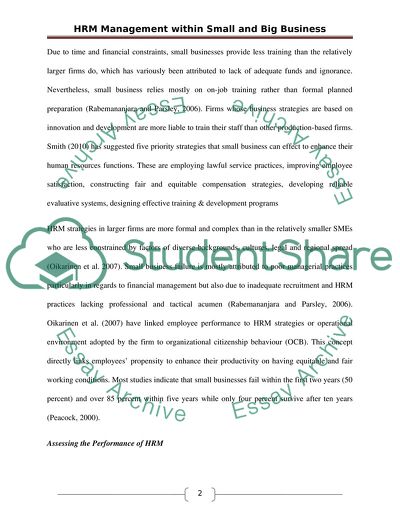Cite this document
(HRM Management within Small and Big Business Case Study, n.d.)
HRM Management within Small and Big Business Case Study. Retrieved from https://studentshare.org/human-resources/1736927-discuss-how-human-resource-management-practices-are-managed-within-small-business-and-big-business
HRM Management within Small and Big Business Case Study. Retrieved from https://studentshare.org/human-resources/1736927-discuss-how-human-resource-management-practices-are-managed-within-small-business-and-big-business
(HRM Management Within Small and Big Business Case Study)
HRM Management Within Small and Big Business Case Study. https://studentshare.org/human-resources/1736927-discuss-how-human-resource-management-practices-are-managed-within-small-business-and-big-business.
HRM Management Within Small and Big Business Case Study. https://studentshare.org/human-resources/1736927-discuss-how-human-resource-management-practices-are-managed-within-small-business-and-big-business.
“HRM Management Within Small and Big Business Case Study”. https://studentshare.org/human-resources/1736927-discuss-how-human-resource-management-practices-are-managed-within-small-business-and-big-business.


